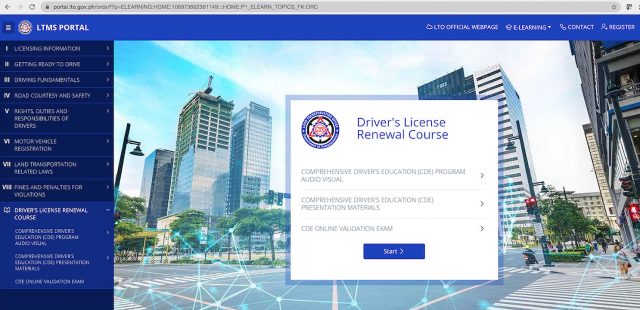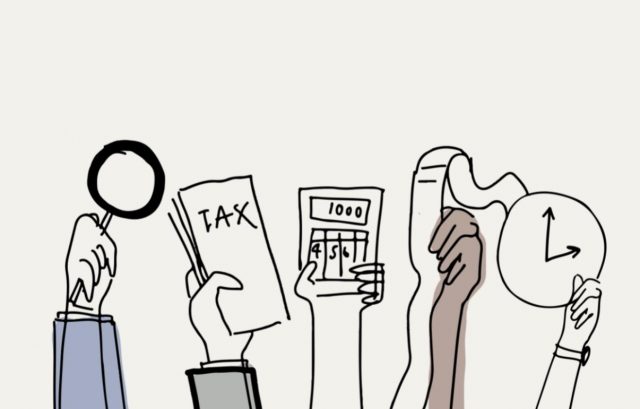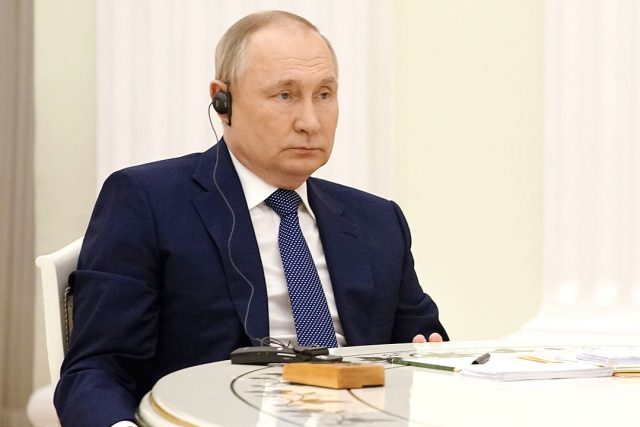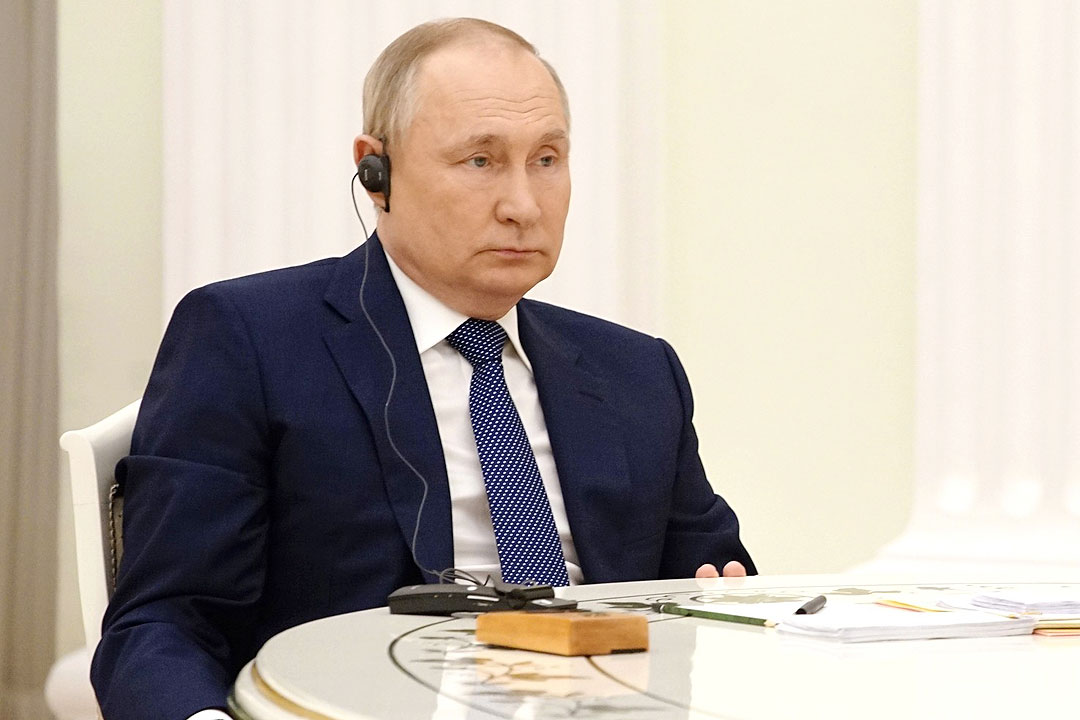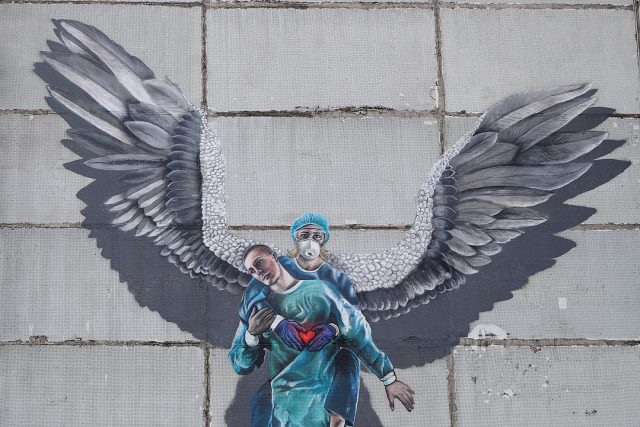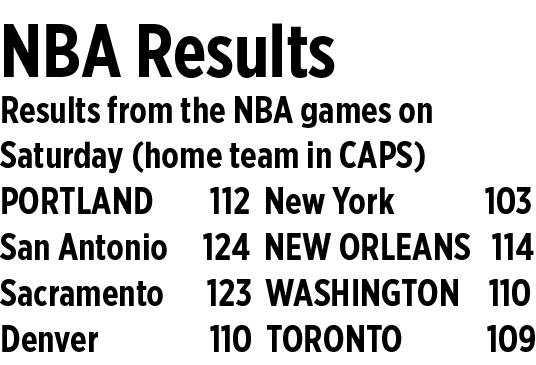Everyone can feel the election season in the air. With recent presidential interviews, platforms and plans are beginning to unveil with each presidential candidate aiming to get the most votes for the most powerful position in the land.
This article will focus on the fiscal policy implications of Marcos Jr.’s platform.
In the Boy Abunda interview, Marcos Jr. promised heavy spending like creating more jobs, increasing benefits and compensation for workers, providing ayuda (help) for people experiencing hunger, boosting agriculture and tourism, paying the debt, etc.
These answers are textbook responses to the usual problems. Also, note that Marcos Jr. said he wants to pay the country’s debt, which has expanded in the wake of pandemic financing. That’s quite a gargantuan task.
The country’s fiscal situation is certainly a cause for concern. Due to the pandemic-induced economic recession, the country could not count on consistent tax revenue at this time and had to primarily rely on borrowings to fund health and economic spending.
COVID-19 has hit all economies hard, and deficit spending has become inevitable if the government would like to mitigate any long-term economic damage.
According to the latest data available, the government’s average quarterly deficit ratio rose from 6.6% of GDP at the end of 2019 to 9.2% by the third quarter of 2021. The resulting debt burden is remarkable: from an outstanding debt level of P7.7 trillion at the end of 2019 to P11.7 trillion by end-2021. In terms of GDP ratio, debt-to-GDP rose from 39.6% to 60.5% during that timeframe.
These figures, along with the fact that COVID-19 and its variants continue to be a global concern, should not preclude the government from pursuing strategic expansionary fiscal policy, however. The appropriate pandemic response still requires investment in our health sector, as well as necessary stimulus measures to revitalize consumer demand, bring back lost jobs, and regain investor confidence. Maneuvering these constraints will require shrewdly maximizing potential revenue sources, while spending funds as efficiently as possible.
But the unanswered big question Mr. Marcos needs to answer is: Where will he get the money for all his promises?
We do know that the only way spending can be maintained and even increased, as Marcos Jr. promises, is through increasing revenues or increasing borrowing. But borrowing is already stretched or extended. We do not want another debt crisis. Hence, the wise option is to rely principally on increasing the tax effort.
Red flags appear on how Marcos Jr. can create the fiscal space for his promises. His tax policy is not towards increasing revenues; in fact his stance will lead to even lower tax effort.
For example, he has called for the suspension of fuel excise taxes. He even wants to amend the oil deregulation law. In his press release (October 2021), Marcos Jr. said: “Amending the oil deregulation law with the intent of addressing the issue of runaway oil prices will take some time. This move to suspend the excise tax makes sense and will have an immediate positive impact on our people.”
Revenue from petroleum products totaled P42.7 billion in 2019 and because of low demand during the pandemic, dropped to just P27.6 billion in 2020. The importance of this revenue source should not be understated, however. For one, demand is returning to pre-pandemic levels as the economy and revenues are expected to pick up. Petroleum taxes are also in line with larger environmental goals of shifting incentives towards sustainable alternatives.
The populist rhetoric of suspending fuel taxes is an easy temptation for politicians to call. However, simply forgoing an important revenue source would further exacerbate our fiscal problems. Further, it is mostly higher income Filipinos who would benefit from a fuel tax suspension anyway, and the alternative of providing pandemic-related fuel subsidies to jeepney drivers, workers, and poor Filipinos would be much more targeted and efficient.
With billions worth of revenues to be lost because of this policy direction, we again ask: Where would he get the money to finance all his campaign promises related to the pandemic?
Another red flag is Marcos Jr.’s opposition to the sin taxes, which are mainly earmarked for health spending.
In the face of the onslaught of the Omicron variant, everyone knows a family member or friend, or has themselves already caught the virus. Amid the scores of thousands of patients admitted to our hospitals or who got sick, it is a relief that the Sin Tax Law provided funding for the pandemic response.
For the readers who are unfamiliar with this legislative measure, RA 10351 significantly raised the tax rates imposed on cigarette products. After this law was passed, cigarette prices increased by more than 300%, resulting in a significant reduction of smoking prevalence. Moreover, the bulk of government revenues from the sin taxes was earmarked for universal healthcare.
In 2020 alone, P93.57 billion out of the P171.91-billion budget of the Department of Health (or 54%) came from sin tax revenues. The amount of P58.73 billion from the sin taxes was used to finance PhilHealth, our National Health Insurance Program. PhilHealth spending and subsidies during this period were mainly used for the pandemic response.
The sin taxes are used to finance the insurance benefits of Filipinos who cannot pay their own monthly contributions (known as indigents). Several health programs such as epidemiology and surveillance, human resources for health, health promotion, and improvement of health facilities get their funding from the sin taxes. These are all critical components of the pandemic response.
It is most ironic that Marcos Jr. would claim that he’s the best candidate to address our health crisis when his position has been to deny the much-needed funding for health. Given the important role of sin taxes in improving our country’s health programs, Marcos Jr.’s opposition to increasing sin taxes, especially higher tobacco taxes, is irresponsible.
In 2012, he was one of the more vociferous senators to opposed the passage of Republic Act 10351, popularly known as the Sin Tax Law of 2012.
The arguments he used during the deliberations were misleading and patently incorrect. Marcos Jr.’s speech can be summarized, as follows:
1) Sin taxes will not lower smoking incidence because smokers will just transition to illicit markets and continue their habit.
2) The government will not generate revenues.
3) The measure will destroy the tobacco industry.
The data from the National Nutrition Survey (NNS) debunk Marcos Jr.’s first argument. After the tax was put in place in 2013, smoking incidence was reduced from 31% in 2008 to 23.3% in 2015. The most recent data show that smoking incidence for Filipinos aged 20 and above is down to 19.9% in 2019.
His second argument has likewise been proven wrong.
According to the Bureau of Internal Revenue, tobacco excise tax collection soared from P32.17 billion in 2012 to P99.5 billion in 2015. By the year 2020, our tobacco excise tax collection grew to P149.6 billion. Consequently, because of the earmarking of sin taxes for health spending, the health budget grew from P53.23 billion in 2013 to P171.91 billion in 2020.
It is thus troubling that the leading candidate in the 2022 presidential elections is also the leading voice against good tax reforms. The future of tax reforms and our national health system will be in jeopardy. Our fiscal health, which has gained tremendously from successive reforms since 2012, will be undermined. This does not bode well for the Philippine economy and our people’s well-being.
The authors are senior policy analysts of Action for Economic Reforms.

